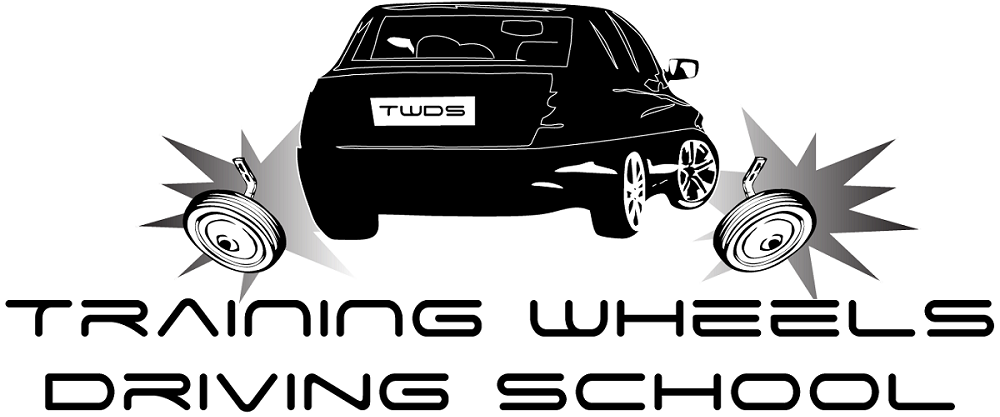Something I have noticed through my years of teaching teenagers how to drive is that many of them simply do not know their neighborhoods and intersections the way people in our generation did the first time we got behind the wheel.
And I know what you are thinking — this is going to be some type of “I walked a mile in snow up to my knees when I was a kid” type of rant, but it’s not. It is about basic awareness skills taken for granted 30 years ago that are not being honed by today’s parents and teenage drivers.
When we were growing up, we did not have smartphones, portable tablets, and video monitors in the back of the head rests. What entertained us as we were growing up was paying attention to what mom or dad was doing behind the wheel and asking them a million questions.
Why are you slowing down when there is no traffic light? How do you know who goes through the circle first? Why are we going this way instead of the highway? In other words, our natural curiosity and need to stay involved served as a teaching tool for our parents when we eventually got behind the wheel ourselves.
In all honesty, children at the age of 10 in the 70s and 80s were probably more aware of the traffic patterns and intersections around their home than teenagers of legal driving age are today. And it is all for one simple reason… electronic distractions.
The current generation cannot be bothered to look up from their phones while they are walking down the street, let alone when they are passengers in the car. They are either texting, perusing Facebook, Snapchat, or some other social media website, or playing games.
I mean, let’s face it — if smartphones were the toys of our generation instead of the Mattel handheld games, we would have been doing the same thing. So, the onus to changing this falls on parents, and it needs to start very early to literally train the children to be interested in the actual driving that is going on in the car rather than being distracted.
Getting children interested in the actual art of driving as soon as they are old enough to sit in the front seat is where this needs to begin. My father used to literally quiz me about certain things as we would drive through the neighborhood. By the time I was old enough to get my license, I knew every local intersection inside and out as well as alternative routes in case of an accident and local traffic patterns.
In 2013, National Geographic actually published a report on how teenagers are losing interest in driving for a variety of reasons. Among those reasons was the fact they have virtual access, meaning they don’t have to leave their homes to do the things we always did.
Two of the other reasons were that they simply are not interested in it and that they have not gotten around to it. In an age with so many distractions and the ability to push a button and have an Uber at your door in minutes, what is the draw of actually driving?
Most of us, on the other hand, were chomping at the bit to get behind the wheel and impress dad with everything we had been taught over the years and were finally going to be able to put to use. More importantly, we WANTED to drive because we were interested in the actual process.
I am not going to pretend this is not a monster of a challenge because it requires prying the phones out of most of our children’s hands before they will give them up. For those of you with younger children, however, start the process now of getting your child involved while he or she is in the car and leave the smartphones and tablets in the house when you are headed out for a trip.
Give your children quizzes and let them play a more integral role when you are making local trips to the store or school, and you will see their interest in driving become more apparent. We can reverse this trend, and we have to because it means putting safer and more educated young adults behind the wheel.
Think you or someone you know is in need of Behind the Wheel Training? Training Wheels is a Northfield driving school specializing in teaching new teen drivers how to stay safe on the road. For more information on our lessons, please click here.
Copyright: martinan / 123RF Stock Photo

